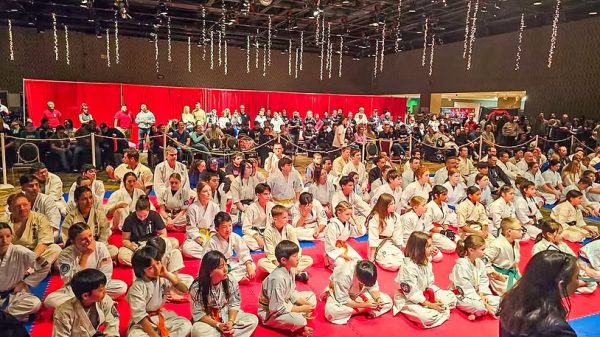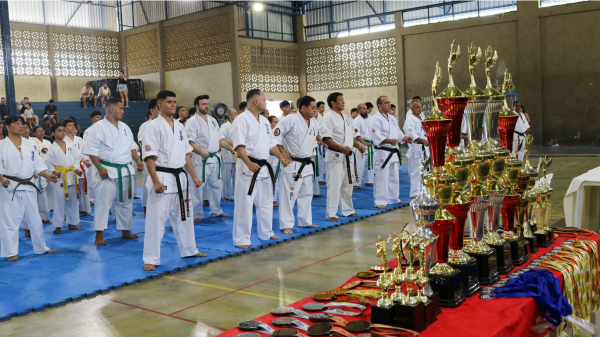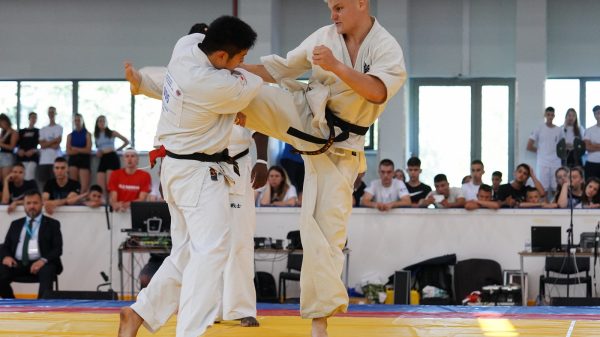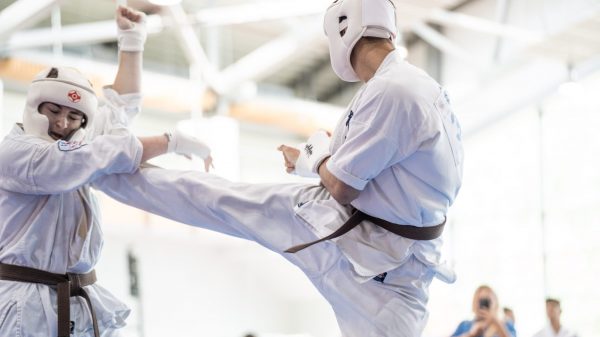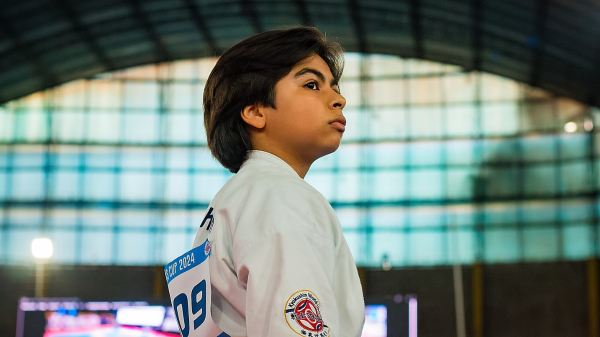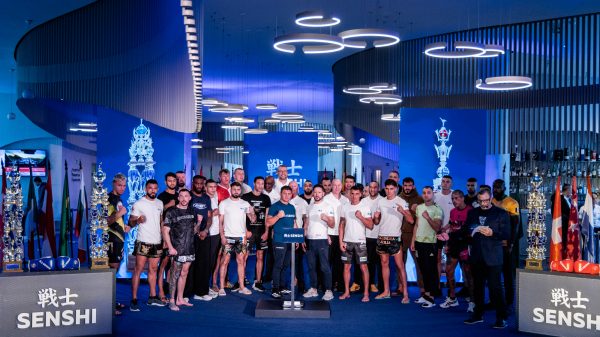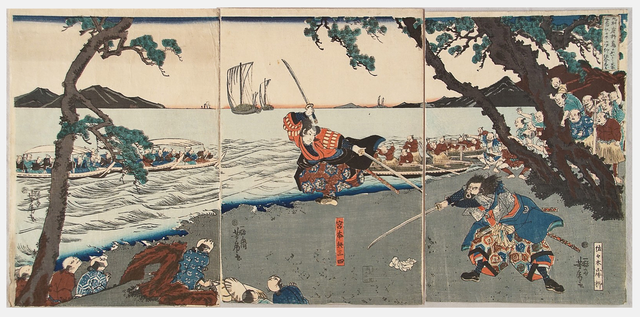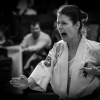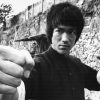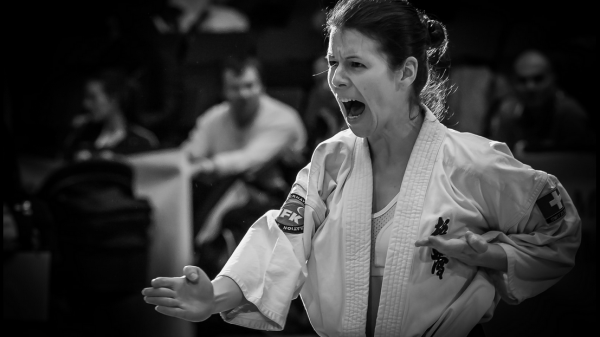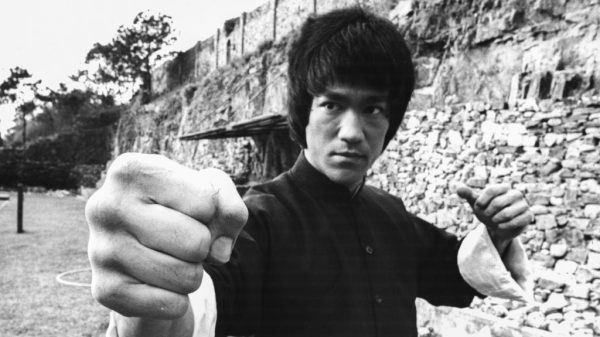Miyamoto Musashi is a legendary figure in Japanese history.
Miyamoto Musashi is a legendary figure of Japanese history. As a master swordsman, wanderer, writer, artist, and philosopher, his impact remains in the modern world. What made Musashi so special was the fact that he never limited himself to a single discipline or practice. He was something like a Japanese Renaissance Man whose skills knew no bounds.
But with such a fabulous legend, including an impressive bibliography and an even more impressive duel record, it’s easy to fall into rumors and hearsay about the man’s life. Have you ever wondered what’s true about Miyamoto Musashi’s life story? Here are 10 true facts about the vagabond samurai master Miyamoto Musashi.
10. He Won Over 60 Duels
At the time, and onward into recorded history, Musashi’s record has never come close to being matched. Some say his natural abilities were too much for his opponents. Others believe his name and legend was enough to shake even the most accomplished opponent to his knees.
9. He Served In Wars
The battle took place in the year 1614 at Osaka Castle. There is some debate over Musashi’s loyalty to either side, which further expands the myths of his wandering, lawless nature. His next most significant military service would come years later in 1627 during the battles of the Shimabara Rebellion. Though he never endeavored to commit to a life of military service, he certainly offered his skills when needed.
8. Musashi Was More Than A Fighter
Over the course of his life, Musashi painted, wrote books, created sculptures, and devised military strategy. To him, excellence was evident in a masterful painting as it was in a sword fight.
7. A Book Of Five Rings
As the book progresses, Musashi reinforces the idea of favoring simplicity over excess, an ethos evident in every other aspect of the man’s life. Because of the book’s widespread applications, it’s as practical for a poetry professor as it is for a martial arts instructor.
6. A Man Of Many Professions
In his earlier years, he worked the fields as a farmer. However, in most of his roles he served on retainer for various lords, or daimyos, who sought protection for their palaces, grounds, and people. With such a mastery of martial arts and duels, Musashi became a commodity to each and every lord that he served.
5. He Founded Niten Ichi-Ryū
As a significant contribution to the world of martial arts, Miyamoto Musashi founded a distinct sword-fighting style known as Niten Ichi-ryū. The style was particularly unique at the time, as it was one of the first disciplines to make use of the short sword and the long sword together. The name of the style translates to “two swords as one” or “two heavens as one.”
The style received almost instant acclaim and notoriety. Not only was the approach to sword fighting new, but it also carried the charge of Musashi’s comprehensive life philosophies behind it. As noted in his writings, Niten Ichi-ryū aimed to unify concepts previously overlooked and tangled up in all the worst aspects of tradition.
4. Musashi Excelled As A Visual Artist
His talent and practice as a visual artist prove as an even further testament to his dedication and work ethic. In woodblock prints and calligraphy, Musashi expressed his more artistic side and received wide acclaim for his works, many of which can still be found in galleries today.
3. He Was Known For Arriving Late To Duels
People speculate that he arrived late so he could take advantage of the changing of the tides. Others speculate that Musashi’s late arrival was part of a more measured plan to produce psychological distress in Kojiro. Either way, he was victorious and continued to arrive late to many of his most significant duels.
2. He Adopted Children
Musashi also adopted another son. In 1623, Musashi adopted Miyamoto Iori at the age of 11. Similar to Mikinosuke, Musashi committed to a path of mentorship and lifelong teachings both in martial arts and other artistic practices.
1. His Legacy Lives On In Films, Television, Books, And Music
Musashi also served as the inspiration for British Drum & Bass producer Photek’s 1997 masterpiece “Ni-Ten Ichi Ryu.” The anime series Shura No Toki adapted Musashi as a character. There are several more instances of Musashi’s impact on popular culture, which only serves as a testament to the man’s life.




